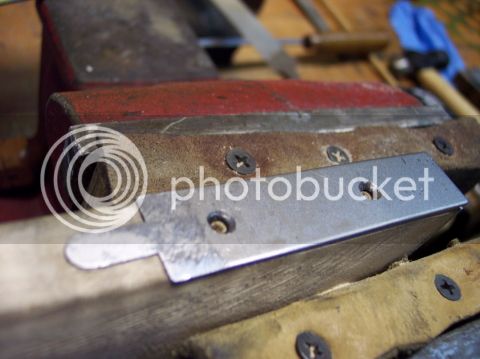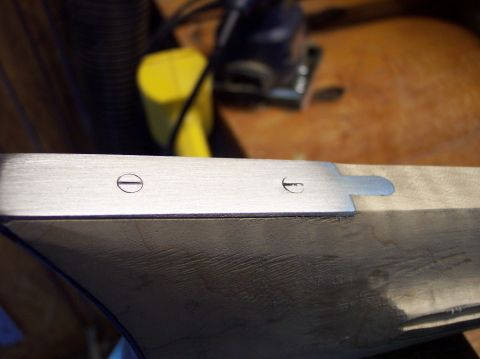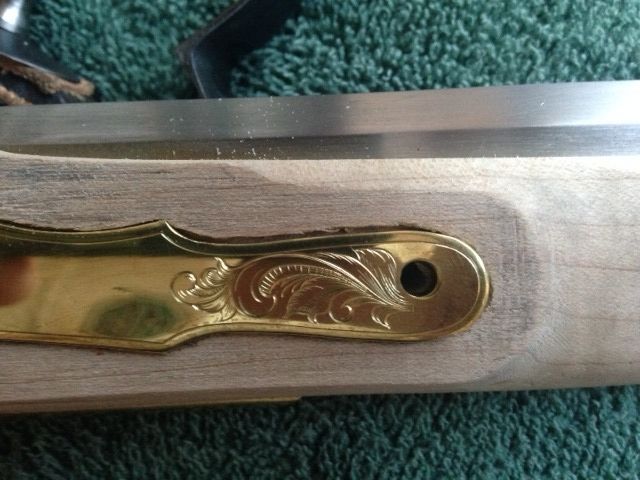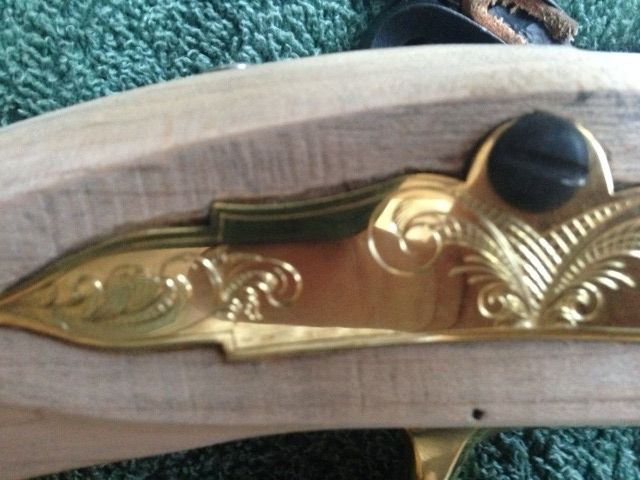galamb
58 Cal.
I get my wood epoxy from Lee Valley but you can find it at most of the big box places.
My first few builds could be described as "inletting challenged"
The patches on those are quite a few years old (like 20 years in one case) and still seems to be holding up fine.
When I can't find a colour "close enough" I experimented with the light epoxy and "kneaded in" oil stain (the same as my intended finish) - also seemed to work fine - the epoxy set-up fine and just as durable as the product "without" stain mixed in.
My inletting is much better now, but occasionally I will get a blow-out on a pin or something and this is the stuff I grab for if I can't glue a chip back in...
My first few builds could be described as "inletting challenged"
The patches on those are quite a few years old (like 20 years in one case) and still seems to be holding up fine.
When I can't find a colour "close enough" I experimented with the light epoxy and "kneaded in" oil stain (the same as my intended finish) - also seemed to work fine - the epoxy set-up fine and just as durable as the product "without" stain mixed in.
My inletting is much better now, but occasionally I will get a blow-out on a pin or something and this is the stuff I grab for if I can't glue a chip back in...












